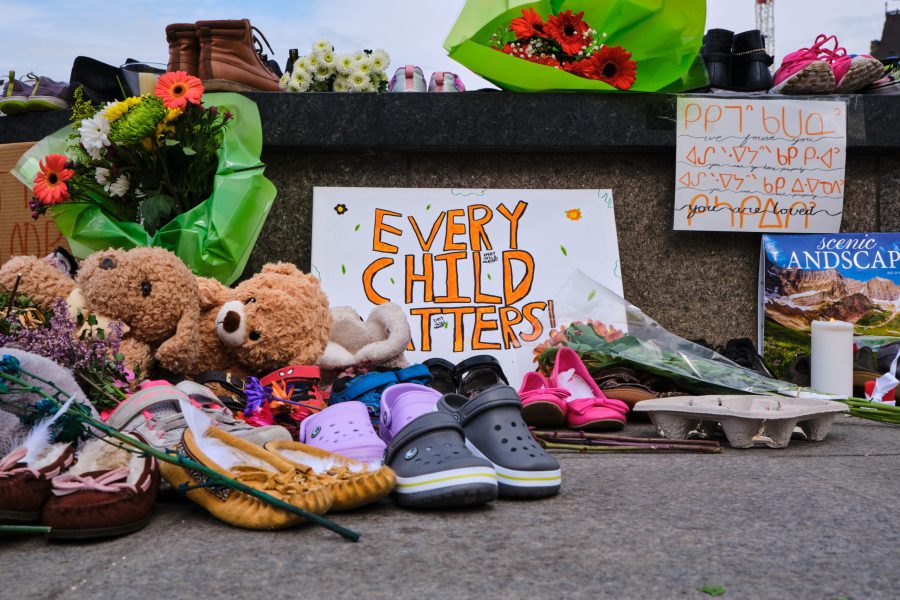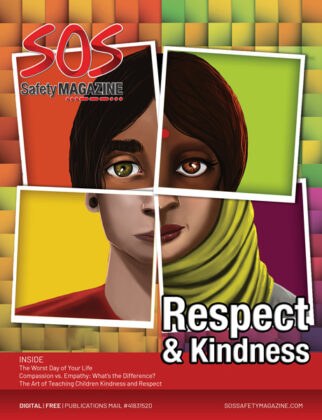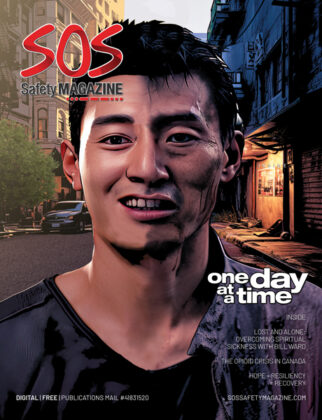ARTICLES, VIOLENCE
Residential Schools in Canada: The Harrowing Truth

In May 2021, a brutal truth about our country’s history stunned us, broke our hearts, and started painful conversations. The remains of 215 children were found at a former residential school in Kamloops, BC. The 215 deaths were undocumented, with some of the children being as young as three years old. The manner of death is unknown.
Since the news broke, stories of other residential school survivors have come to the forefront. According to the Indigenous Foundations, residential schools are defined as “an extensive school system set up by the Canadian government and administered by churches that had the nominal objective of educating Indigenous children, but also the more damaging and equally explicit objectives of indoctrinating them into Euro-Canadian and Christian ways of living and assimilating them into mainstream white Canadian society.” They operated from the 1880s into the 20th century and are a painful memory of Indigenous history.
Indigenous children were abducted from their homes and transported, against their will, to these schools, where they would undergo physical, mental, and sexual abuse. They would be punished if they practiced their own religion or spoke their language. Living conditions were often harsh, and usually, family members never knew where their loved ones ended up.
The history of residential schools is a painful scar and reminder about the ugly and unacceptable history of Canadian racism. This was unthinkable for the Indigenous community, yet so many had been subjected to these conditions.
According to Musqueam Nation former chief, George Guerin, who attended Kuper Island School, “Sister Marie Baptiste had a supply of sticks as long and thick as pool cues. When she heard me speak my language, she’d lift up her hands and bring the stick down on me. I’ve still got bumps and scars on my hands. I have to wear special gloves because the cold weather really hurts my hands. I tried very hard not to cry when I was being beaten and I can still just turn off my feelings…. And I’m lucky. Many of the men my age, they either didn’t make it, committed suicide or died violent deaths, or alcohol got them. And it wasn’t just my generation. My grandmother, who’s in her late nineties, to this day it’s too painful for her to talk about what happened to her at the school.”
Despite the harrowing recounts of George Guerin, some may consider him one of the lucky ones. For many students, they didn’t make it out of these hellish conditions alive.
With the truth coming to light, more people want to become active in helping the Indigenous community. To get involved and help residential school survivors, Canadians can donate to Indigenous-led organizations:
- Indian Residential School Survivors Society
- National Centre for Truth and Reconciliation
- Legacy of Hope Foundation
- Orange Shirt Society
Another way to get active is to get educated. Staying educated on current events and learning about residential schools can make a drastic impact on tomorrow. Being anti-racist or consciously fighting racism can help aid in a more equal and fair tomorrow.
Though we can never erase the terrible events that had happened in the past, we can fight against injustice happening in the future.







